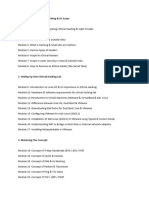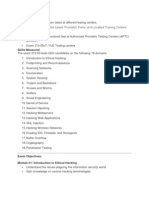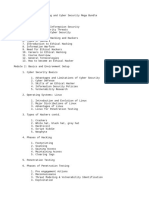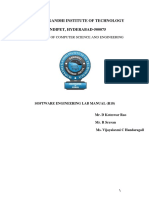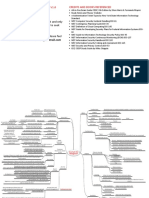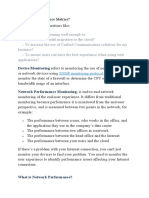0% found this document useful (0 votes)
72 views12 pagesEthical Hacking Course
The document outlines a comprehensive technical roadmap for ethical hacking training, divided into six stages with various modules covering topics such as system hacking, web hacking, social engineering, and network security. Each stage builds on the previous one, providing both conceptual and practical sessions to equip candidates with essential skills and tools. The roadmap includes specific tools and key points for each module to facilitate hands-on learning and understanding of cyber threats and countermeasures.
Uploaded by
shravan reddyCopyright
© © All Rights Reserved
We take content rights seriously. If you suspect this is your content, claim it here.
Available Formats
Download as PDF, TXT or read online on Scribd
0% found this document useful (0 votes)
72 views12 pagesEthical Hacking Course
The document outlines a comprehensive technical roadmap for ethical hacking training, divided into six stages with various modules covering topics such as system hacking, web hacking, social engineering, and network security. Each stage builds on the previous one, providing both conceptual and practical sessions to equip candidates with essential skills and tools. The roadmap includes specific tools and key points for each module to facilitate hands-on learning and understanding of cyber threats and countermeasures.
Uploaded by
shravan reddyCopyright
© © All Rights Reserved
We take content rights seriously. If you suspect this is your content, claim it here.
Available Formats
Download as PDF, TXT or read online on Scribd
/ 12















